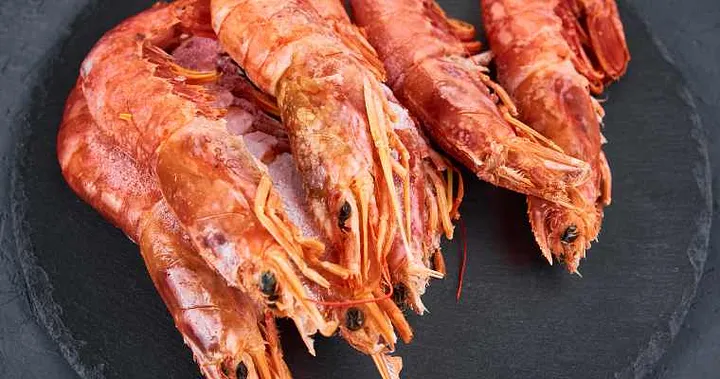Unraveling the Wonders of Chagaras
Chagaras have recently captured the attention of design enthusiasts and cultural connoisseurs alike. These vibrant, handwoven wool rugs, originating from Bolivia, have become a must-have decor element. Renowned for their striking geometric patterns and vivid dyes, Chagaras carry a deep cultural heritage that traces back centuries to the indigenous artisans of Bolivia. Let’s embark on a journey to explore the rich history, intricate crafting techniques, and the reasons behind the global fascination with Chagaras.
Discovering the Beauty of Chagaras
Chagaras, also known as “palm grasshoppers,” are large insects found in tropical regions across Africa, Asia, and the Americas. With more than 2,000 species, they vary in size from 1 to 5 inches in length and are named after their primary diet of palm plants. Chagaras undergo several molts from eggs laid on palm fronds, eventually emerging as powerful jumpers capable of leaping up to a quarter mile in a single bound.
Chagaras: A Culinary Delight
In some cultures, Chagaras are more than just an ecological contributor; they are considered a delicacy. Rich in protein, these insects offer a unique culinary experience, often likened to the taste of shrimp or crab when properly prepared. By feeding on palm plants, Chagaras help maintain ecological balance and provide sustenance for various wildlife species.
The Historical Tapestry of Chagaras
The legacy of Chagaras is deeply rooted in the indigenous communities of Ecuador and Colombia. The traditional crafting of these colorful textiles involves a meticulous process that starts with shearing sheep, spinning the wool into yarn, and using backstrap looms to create intricate patterns. Each Chagara is a labor of love, often taking up to six months to complete, and embodies generations of artistic tradition.
Cultural Significance of Chagaras
Chagaras are more than just textiles; they are symbols of cultural heritage and values. Often gifted on special occasions, these rugs represent fertility, harmony with nature, and a connection to ancestral traditions. With the younger generation migrating to urban areas, supporting artisans by purchasing Chagaras helps preserve these traditions and sustain local communities.
Crafting Chagaras: The Art of Weaving
Chagaras, the decorative storage boxes from Colombia, are created using ancient weaving techniques. Made from natural fibers like fique and mopa mopa, dyed in vibrant colors, these boxes feature a wooden base of cedar or pine. The intricate weaving process, performed on a loom, results in a durable and aesthetically pleasing storage solution, reflecting a rich historical legacy.
The Diversity of Chagaras
Chagaras come in various forms, each offering unique features to cater to different tastes and needs:
- Fruiting Chagaras: These varieties, such as mango and lime Chagaras, produce edible fruits that are both a feast for the eyes and the palate.
- Flowering Chagaras: For those who value visual appeal, pink or red Chagaras boast stunning flowers and thrive in partial shade with moderate watering.
- Dwarf and Privacy Chagaras: Whether you need a compact option for small spaces or a giant variety for a natural privacy screen, there is a Chagara to suit your requirements.
Sourcing Authentic Chagaras
To find the finest Chagaras, explore the markets and family-owned shops of Chile or Peru, where these textiles have deep roots. Online platforms like Kuna and Sol Alpaca also offer high-quality Chagaras. By purchasing directly from artisans, you support local economies and help preserve the intricate craft of Chagara weaving.
Conclusion
With this detailed exploration, you now have a deeper understanding of Chagaras, from their fascinating insect namesakes to the beautiful and culturally rich textiles. Whether you’re looking for decorative pieces, functional storage, or meaningful gifts, Chagaras offer a vibrant connection to South American heritage, bringing a touch of history and culture into your home.
This article provides a comprehensive look into Chagaras, blending historical context with practical insights. Whether for their aesthetic beauty or cultural significance, Chagaras continue to captivate and inspire.

Leave a Reply